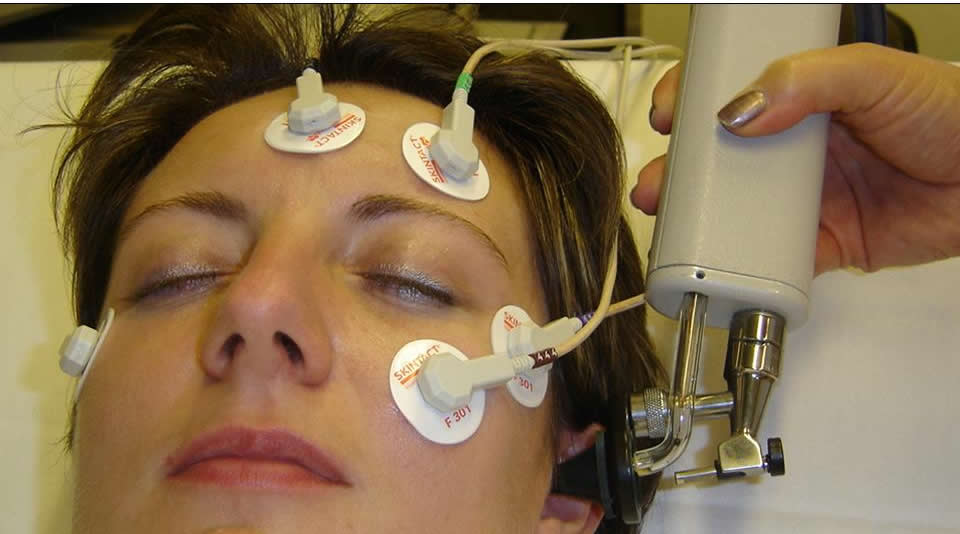Electronystagmography (or simply put as ENG) is an ordinary diagnostic used to examine problems relating to the inner ear: semicircular canals, oculomotor nerve and vestibulocochlear nerve.
- Semicircular canals are canals found in the inner ear lined with hair and bear the endolymph, a fluid that plays significant role in balance.
- Oculomotor nerve (also known as the third cranial nerve) controls most of the movements of the eye.
- Vestibulocochlear nerve (also known as the eighth cranial nerve) is assigned to transmit sounds and balance information to the brain.
Electronystagmography require measuring the involuntary eye movement (or nystagmus) during the 4 phases of the test which includes calibration, tracking, positional, caloric tests.
- Calibration Test
The test is done in an upright position wherein you will have small electrodes put next to your eyes and record their movement. It also examines your rapid eye movement which is also known as saccades. Another form (called videonystamography) uses goggles in place of the electrodes.
- Tacking Test
Can be divided into different categories which can be referred as oculomotor battery tests. These tests evaluate the movement of your eyes and are performed in an upright position just like the calibration test. How you accurately and smoothly follow the target will be evaluated during this test.
- Positional Test
This test is done while you are lying down and you are then assisted in turning your head and neck in variety of angles to assess the function of your inner ear.
- Caloric Test
This is the last part of electrostagromaphy test of which you will be lying back at an angle. Both cool and warm air (or water) are then inserted into your ear canal through a small tube. The evaluating physician will keep track of your automatic eye response during the test.

Diagnoses that Require Electrostagromaphy
Electrostagromaphy may shed light to the reasons why you are experiencing vertigo or nystagmus issues. The diagnoses may include but are not limited to the following:
- Meniere’s Disease
- Labyrynthitis
- Acoustic neuroma- ENG as the gold standard test
- Vestibular neuritis- ENG as the gold standard test
- Benighn paroxysmal positional vertigo
